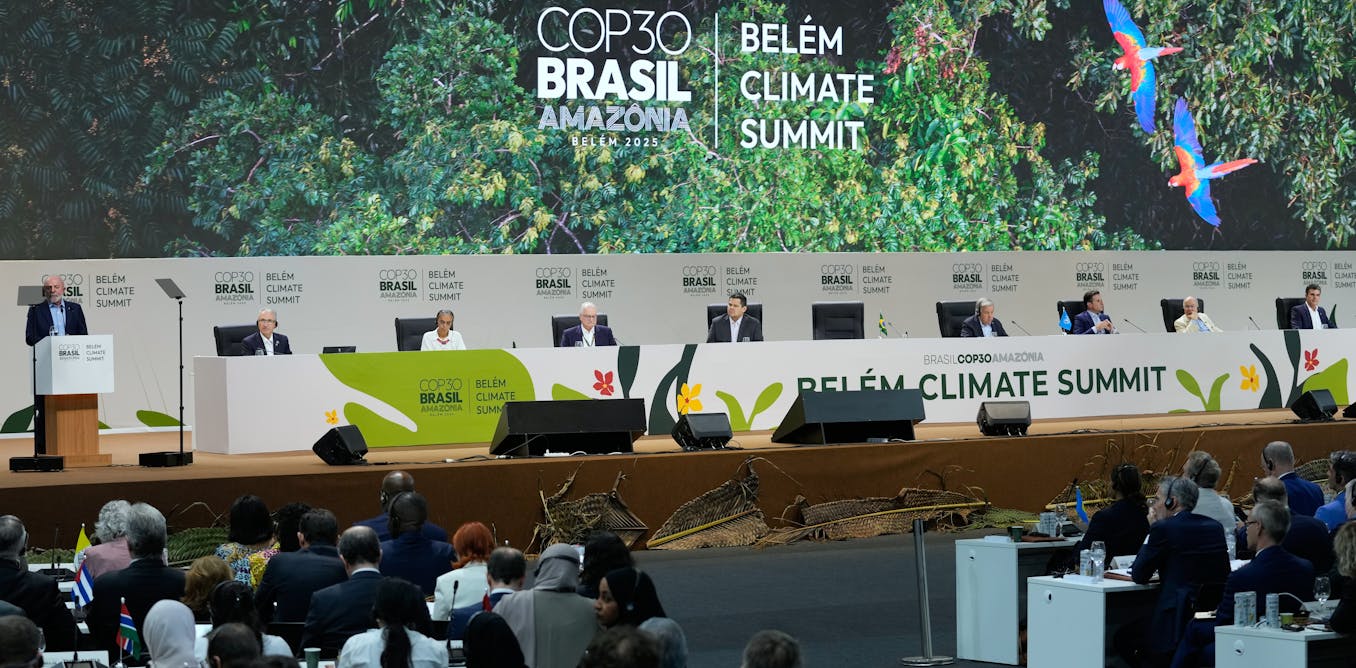Unpacking the U.S.-China TikTok Deal: What We Know and What Remains Uncertain
In the ever-evolving landscape of digital communication and geopolitics, few topics have captured public attention quite like the U.S.-China TikTok deal heralded by President Trump. In a recent episode of “Forbes Talks,” reporter Emily Baker-White dives deep into the intricacies surrounding this controversial agreement, shedding light on what’s at stake for users and businesses alike.
The Backdrop: A Digital Cold War
TikTok, the popular social media platform, has been at the center of U.S.-China tensions, largely due to concerns over data privacy and national security. The app, which boasts millions of American users, has faced scrutiny from lawmakers who argue that it poses potential risks by allowing the Chinese government access to user data. Trump’s administration has taken a hardline approach, suggesting that the platform could be banned if an agreeable deal with China’s ByteDance—a company that owns TikTok—was not achieved.
What We Know
-
Deal Objectives: The announced deal aims to address national security concerns while enabling continued access for U.S. users. The administration claims the plan will involve a more secure, American-controlled presence for TikTok, potentially alleviating fears surrounding data privacy.
-
Partnership Developments: Early reports suggest that the deal may require TikTok to establish a significant corporate entity in the United States, involving American investors and possibly a restructuring of its data management processes. This could lead to greater accountability and transparency in how user data is handled.
-
Compliance Measures: As part of this deal, TikTok would likely implement measures to ensure compliance with U.S. regulations. This includes a commitment to safeguarding user privacy and limiting data access from foreign entities.
What We Still Don’t Know
-
Exact Terms of the Agreement: Despite the buzz, specifics regarding the agreement remain under wraps. Details on how the partnership will be structured, including the roles of American stakeholders and the operational changes TikTok will undergo, are still vague.
-
User Impact and Changes: There is uncertainty surrounding how this deal will directly affect TikTok users in the U.S. Will there be changes in the app’s functionality, and how will these modifications impact the user experience? The broader implications of this deal on user engagement and creator economies remain to be seen.
-
Political Ramifications: The shifting political landscape may influence the agreement’s longevity. Future leadership and changes in administration priorities could alter the commitment to this deal, raising questions about its durability and what it means for TikTok’s future in America.
Conclusion
As the digital world watches closely, the U.S.-China TikTok deal exemplifies the intersection between technology, economy, and national security. It symbolizes a larger dialogue about data sovereignty and the global implications of social media. Emily Baker-White’s breakdown on “Forbes Talks” invites viewers to consider not just the visible implications of such a deal but also the multilayered complexities that remain unanswered, ensuring this story remains a hot topic for both casual users and business leaders.
As more developments unfold, staying informed about the implications of this deal will be critical for anyone navigating the fast-paced world of digital media.
Watch the video by Forbes
Video “What We Know—And Still Don’t Know—About Trump’s Announced U.S.-China TikTok Deal” was uploaded on 09/30/2025 to Dailymotion Channel Forbes


































Leave a Reply